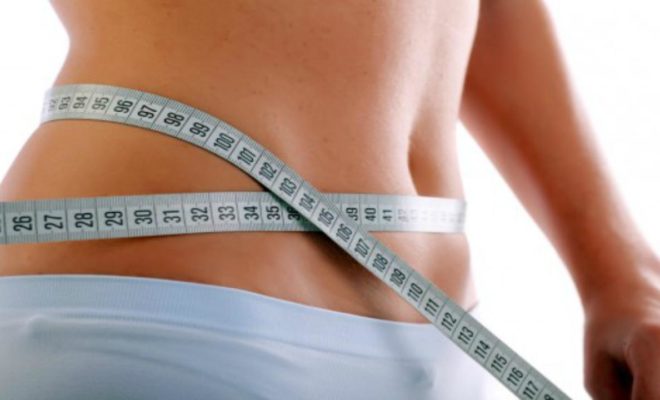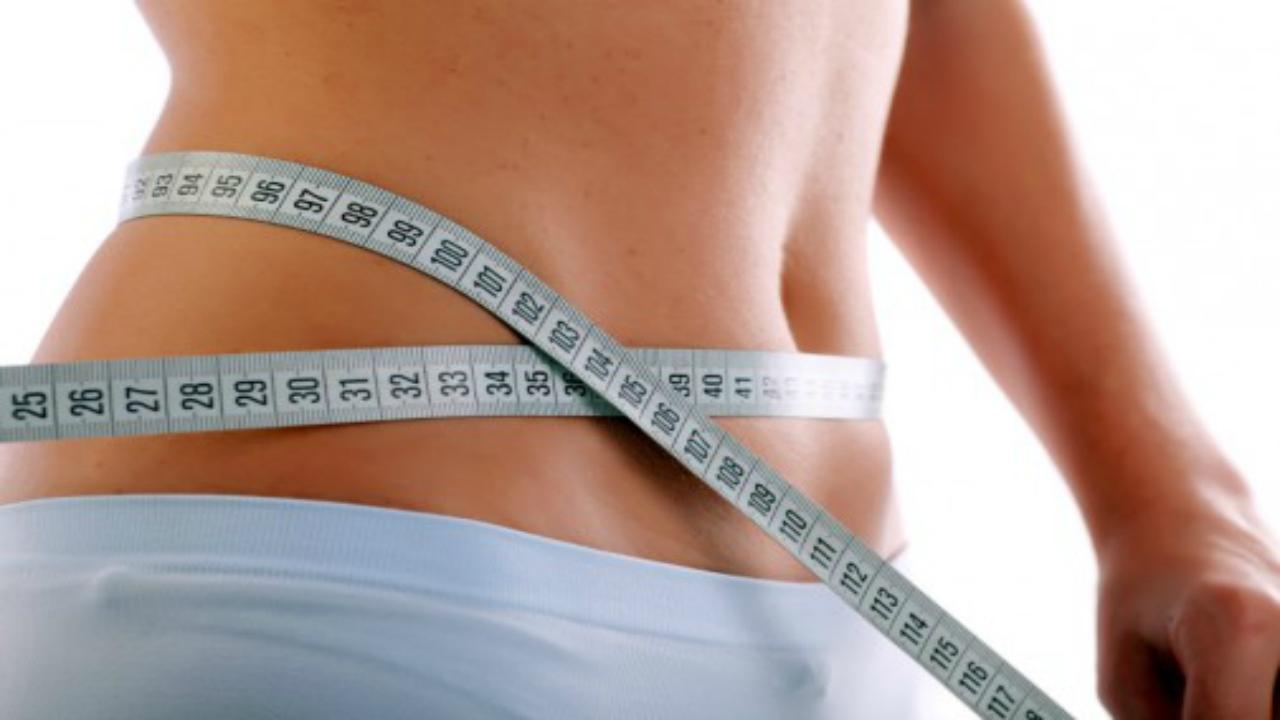How To Naturally Reverse Your Metabolism

If you’re trying to lose weight, you’ve probably spent a considerable amount of time thinking about your metabolism. Of course, you’ve done what you can to cut back on excess calories but finding ways to increase your caloric burn can go a long way toward helping you both lose the weight and keep it off. But, what can you do to increase your metabolism? Specifically, how can you do this naturally?
Plenty of Protein
As mentioned, the first step most people take when they decide to lose weight is to create a caloric deficit – meaning that they want to burn more calories than they eat. Here’s the thing, though: not all calories are the same.
The three macronutrients, including protein calories, all react differently in your body and have different impacts on your metabolism. While carbohydrates and fats are both primary sources of fuel – operating at about a 50/50 mix for most of the day – they are not treated the same way.
Carbohydrates, for example, are much easier for your body to breakdown and are put to use much faster. They also stimulate a much more dramatic spike in insulin levels, a hormone tasked with making sure that nutrients get to where they need to be. When insulin levels are high, fat storage is also peaked. Plus, because of the ease with which they are used up, carbohydrates don’t do a very good job of making you feel full after a meal.
Fats take make longer to break down and therefore have a much less significant impact on your insulin levels. Still, they are loaded with calories – containing 9 calories in each gram – which means they are more likely to provide you with more energy than you need in that moment. This, of course, isn’t to say that fats automatically make you fat. On the contrary, appropriate levels of healthy fats can help you maintain a high level of overall health.
Finally, we come to proteins. Don’t worry you don’t have to start the paleo diet. Interestingly, your body tries not to rely on protein for fuel, since it has so many other uses elsewhere. In short, the amino acids contained in proteins can be broken down and rebuilt into nearly every tissue found in your body from muscles and bones to hair and teeth. So, if it can help it, your body would prefer to not have to waste any protein. This means that protein has a very small impact on insulin levels. Thanks to the complex chemical structure of proteins, your body also has to spend a lot of energy to tear them apart and put them to good use. High protein diets have been found to create an extra caloric burn of about 80-100 calories each day. Additionally, protein leaves you feeling full for hours after you’ve eaten, making it easier for you to cut back on your total caloric intake.
Lift Often, Lift Heavy
Although people tend to shy about from weightlifting when they’re trying to lose weight out of fear of getting “bulky,” this is exactly the wrong approach.
For one thing, strength training has the potential to activate huge numbers of muscles fibers – leaving each one hungry for fuel to continue working. But, even once the workout is done, your body enters a state known as Excess Post-exercise Oxygen Consumption (EPOC), wherein you burn extra calories for an extended period.
But, we’re not done. Once it’s built, muscle fiber creates a faster metabolism by continually demanding more fuel – even when you’re at rest. Each pound of muscle you carry around accounts for an extra 6-10 calories burned per day. Fat, though, only consumes about 2-4 calories per pound per day.
To fully benefit from the metabolic boost of weightlifting, stick to big compound exercise that work tons of muscle groups at once. Squats, deadlifts and the bench press are classic examples. And lift heavy, with weights that limit you to about 8-10 reps.
Stick to HIIT
For a long, steady-state cardio was the go-to method for weight loss. And, while running for hours on end at a constant pace will burn plenty of calories, it won’t do much for your metabolism. Plus, if you aren’t careful, you can lose a significant amount of muscle mass which will actually slow your metabolism down.
Thankfully, we have high intensity interval training (HIIT). Characterized by short bursts of intense exercise broken up by periods of active rest, HIIT can have an even more powerful EPOC-effect than weightlifting. But HIIT also spares your precious muscles, doing much less damage to your metabolism than steady-state cardio.












